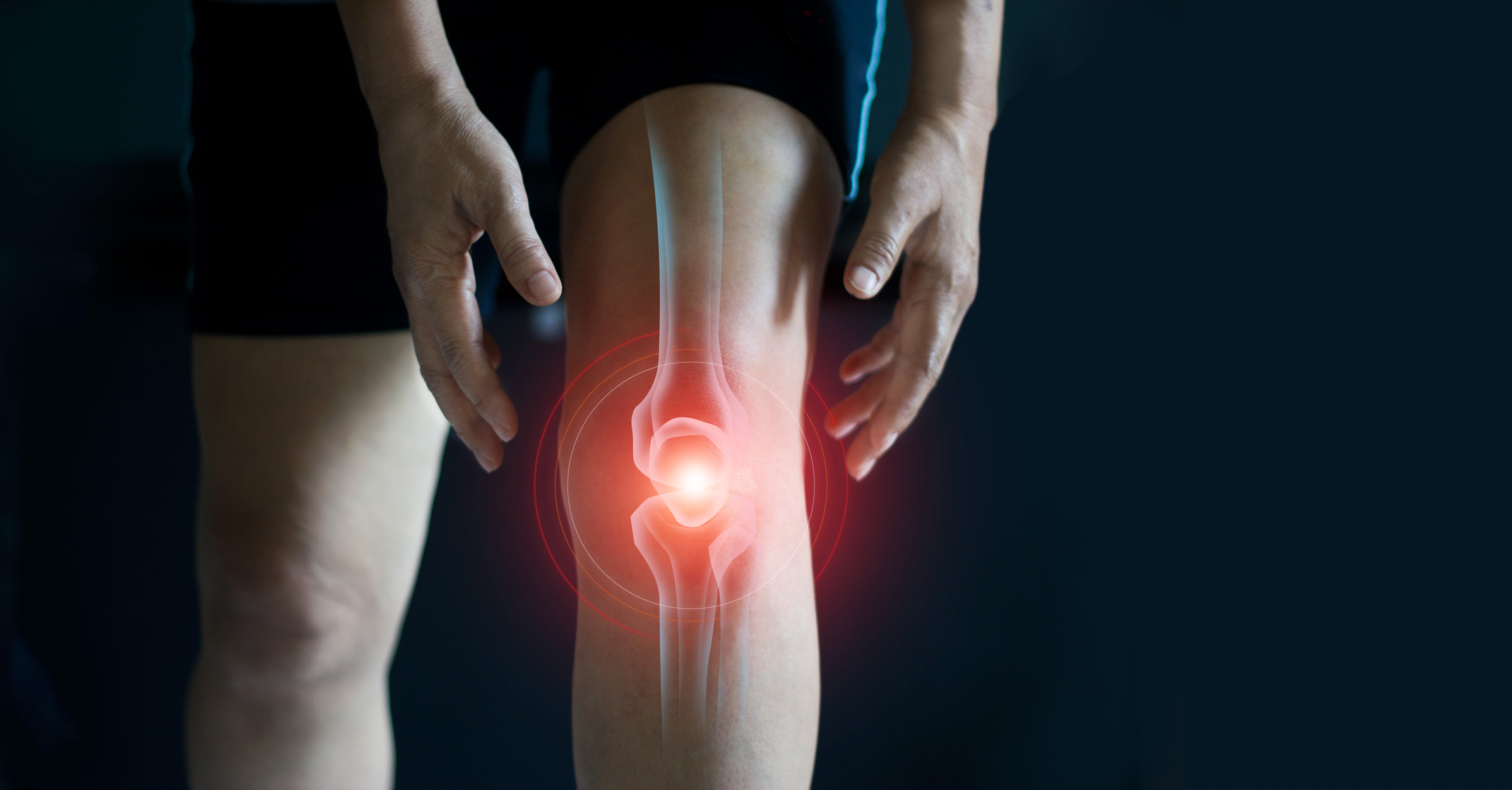
The 10-year study looked at activities such as jogging, cycling, singles tennis, skiing, and aerobic dance and found no sign of elevated risk for OA. The findings of the observational study have been published in JAMA Network.
Alison Chang, associate professor of physical therapy and human movement sciences at Northwestern University Feinberg School of Medicine and her team analyzed data from 1,194 people at high risk for OA. At the study onset, participants had x-rays to confirm there was no existing OA, and throughout the study they identified four distinct long-term trajectory patterns of strenuous physical activity participation and three distinct trajectory patterns of extensive sitting over eight years.
From this information, they examined if long-term engagement of physical activity was associated with a higher risk of OA. They also looked at extensive sitting behavior for a comparison.
“Our study findings convey a reassuring message that adults at high risk for knee OA may safely engage in long-term strenuous physical activity at a moderate level to improve their general health and well-being,” said Chang.
The conclusion of the study clearly showed that the vigorously exercising individuals were 30% less likely to develop knee arthritis. Extensive sitting was not associated with either elevated or reduced risk.
Beneficial to Physical and Mental Health
“People suffering from knee injuries or who had arthroscopic surgical repair of ACL or meniscus are often warned that they are well on the path to develop knee OA,” Chang said. “They may be concerned that participating in vigorous activities or exercises could cause pain and further tissue damage. To mitigate this perceived risk, some have cut down or discontinue strenuous physical activities, although these activities are beneficial to physical and mental health.”
According to the Centers for Disease Control, osteoarthritis is the most common joint disorder in the United States, affecting over 32.5 million adults. The knee is the most commonly affected by this condition, and the lifetime risk of developing it is approximately 38% to 45%. Therefore, it is important for those at a high risk to understand preventive measures.
“Adults at high risk for knee OA may safely engage in long-term strenuous physical activity at a moderate level,” Chang said. “Health care providers may consider incorporating physical activity counselling as part of the standard care for high-risk individuals at an early stage when physical activity engagement is more attainable.”
Studies show that 50% of adults who are at high risk for knee arthritis do not engage in any strenuous exercise. Many believe that it may make the condition worse, but as this research shows, it could actually help to prevent the condition or ease the symptoms of those who have OA. Regular physical activity can provide many health benefits, and this study helps to show another reason why exercise is so important in a daily lifestyle.